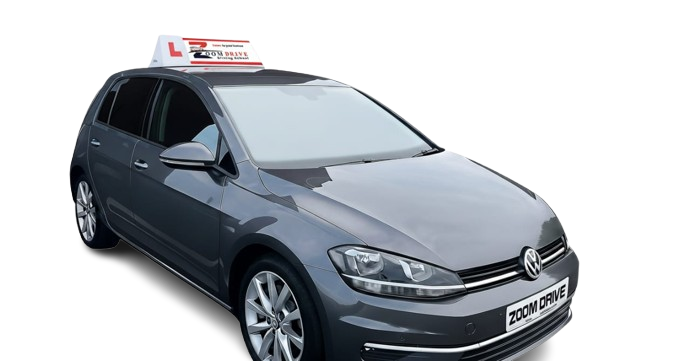You can exchange your driving licence in the UK without taking a test if it was issued in the EU, EEA,
or one of several "designated" countries.
European Union (EU) and European Economic Area (EEA)
If you hold a licence from an EU or EEA country, you can drive in Great Britain with your existing
licence until it expires. You can exchange it for a British licence at any point, but you must do so
when you turn 70, or three years after becoming a resident if you were 67 or older when you moved to the
UK.
The EU and EEA member countries include:
• EU countries: Austria, Belgium, Bulgaria, Croatia, Cyprus, Czech Republic, Denmark, Estonia, Finland,
France, Germany, Greece, Hungary, Ireland, Italy, Latvia, Lithuania, Luxembourg, Malta, Netherlands,
Poland, Portugal, Romania, Slovakia, Slovenia, Spain, and Sweden.
• EEA countries: Iceland, Liechtenstein, and Norway.
Designated countries and regions
If you have a licence from a designated country or region, you can drive on it for up to 12 months.
After this, you must exchange it for a UK licence to continue driving legally.
The designated countries and regions are: Andorra, Australia, Barbados, British Virgin Islands, Canada,
Cayman Islands, Falkland Islands, Faroe Islands, Gibraltar, Guernsey, Hong Kong, Isle of Man, Japan,
Jersey, Monaco, New Zealand, Republic of Korea (South Korea), Republic of North Macedonia, Singapore,
South Africa, Switzerland, Taiwan, Ukraine (with specific conditions), United Arab Emirates, Zimbabwe.
Important notes
• Vehicle limits: For licences from designated countries, the exchange generally only applies to smaller
vehicles (cars and motorcycles). If you want to drive larger vehicles, you may need to take a UK driving
test.
• Northern Ireland: The rules for exchanging a foreign licence in Northern Ireland differ slightly. You
can find detailed information on the official government website for Northern Ireland.
• Other countries: If your licence is not from an EU, EEA, or designated country, you can drive in the
UK for up to 12 months. After this, you must pass a UK driving test to get a British licence.
